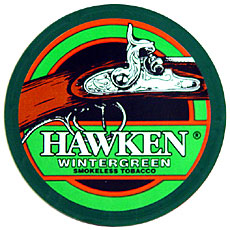

This habit had been widespread among the agricultural population of America both North and South before the war. The chewing of tobacco was well-nigh universal. Ī historian of the American South in the late 1860s reported on typical usage in the region where it was grown, paying close attention to class and gender: Reynolds sold large quantities of chewing tobacco, even though that market peaked around 1910. Reynolds marketed 84 brands of chewing tobacco, 12 brands of smoking tobacco, and the top-selling Camel brand of cigarettes. Southerners dominated the tobacco industry in the United States even a concern as large as the Helme Tobacco Company, headquartered in New Jersey, was headed by former Confederate officer George Washington Helme.

Commercial sales became important in the late 19th century, as major tobacco companies rose in the South, becoming one of the largest employers in Winston-Salem, North Carolina, Durham, North Carolina, and Richmond, Virginia.

Most farmers grew a little for their own use, or traded with neighbors who grew it. The Southern United States was distinctive for their production of tobacco, which earned premium prices from around the world. Indigenous peoples of the Americas in both North and South America chewed the leaves of the plant long before the arrival of Europeans. Historical advertisement of Grimm & Triepel Kruse chewing tobacco (1895)Ĭhewing is one of the oldest methods of consuming tobacco.


 0 kommentar(er)
0 kommentar(er)
